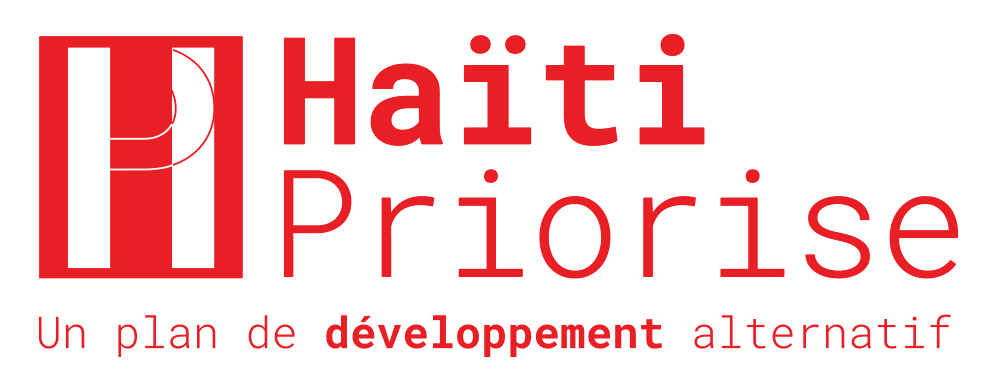Haïti Priorise: Graduation Microfinance, Serent
Description of Problem
The evidence of an increase in the level of extreme poverty has been reinforced by the slowdown in economic activity, the deterioration of some economic indicators like inflation and the exchange rate, and the deterioration of food security in rural and in urban areas, especially in the wake of Hurricane Matthew.
Indeed, inflation has more than doubled from May 2015 to May 2016 from 6.6% to 15.1%. The exchange rate has increased by more than 25% over the same period. The latest report of the Coordination Nationale de la Sécurité Alimentaire (CNSA, 2015) reveals that the number of people living in food insecurity in urban areas has reached 30%.
Despite efforts which resulted in a reduction in extreme poverty in Haiti from 31 to 24% between 2000 and 2012 (World Bank, 2015), this rate remains the highest in the region with strong inequalities.
Social protection, microfinance and graduation programs carried out by NGOs, governments or financial institutions have not yet had the expected impact. Therefore, the fight against extreme poverty is essential for reducing inequalities and improving the living conditions of more than 2.5 million Haitians who are stuck in very precarious conditions and who live on less than 1 American dollar per day.
Solutions
- Expand graduation program
- Expand microcredit program
The author suggests that there is a need for more evaluations of both these programs, so their effectiveness can be properly measured in the Haitian context.
Summary Table of the BCR
| Intervention | Benefit (Gourdes) | Cost (Gourdes) | Benefit for every gourde spent |
|---|---|---|---|
| Graduation | 442,921 | 143,092 | 3.1 |
| Microfinance | 4,668 | 4,074 | 1.1 |
Benefits, Costs, and BCRs
Expand graduation program
The author envisages a program that reaches 10,000 beneficiary families over 10 years. This would include:
- short-term support in the form of cash for food at the beginning,
- access to savings services,
- training sessions on how to make income,
- provision of income-making assets like goats or poultry,
- additional support like preventative healthcare.
Costs
The total cost per beneficiary is in the range of 143,092 Gourdes. Direct costs account for more than half of the expense: buying and granting economic assets such as goats, poultry and merchandise to generate income for each beneficiary. There are also indirect costs, start-up costs, and the cost of delivering additional services like healthcare.
Benefits
The graduation program’s benefits are not only economic – providing beneficiaries with income and ownership of productive assets – but also social, including improved access to housing, better access to health and education for children, improved sanitation and improved food security.
Indeed, a large part of the benefit comes from ensuring the children of participating families will go to school more, leading these children to become more productive citizens of Haiti when they grow up.
Expand Microfinance program
Loans of 10,000 Gourdes are given to new and existing entrepreneurs, with repayment spread over six months or less, at an annualized interest rate of 35%. Typical enterprises include selling street food, frying, sewing, or fishing. The objective is to reach about 2,500 families a year, and around 4% of the country’s poor over 10 years.
Costs
Using USAID data on operating and financing costs, and estimating that two percent of loans will default, Serent estimates that it will cost 4,045 Gourdes to make every 10,000 Gourde loan.
Benefits
Microloans should give women and families more control over their income to better protect themselves from waves of inflation. There are benefits that are very difficult to measure, such as an increase in women’s financial autonomy.
Research does not show that microloans substantially increase the income of beneficiaries. The author uses Bangladeshi experience that suggests, at best, a 2.8% increase to borrowers’ buying power.
The author concludes that each Gourde spent on microfinance is only going to create returns to society worth slightly more than one Gourde.

